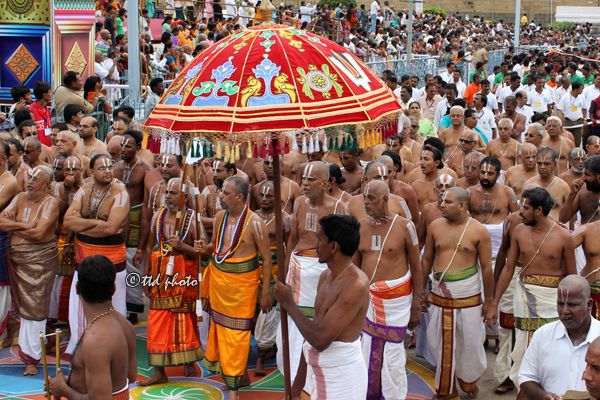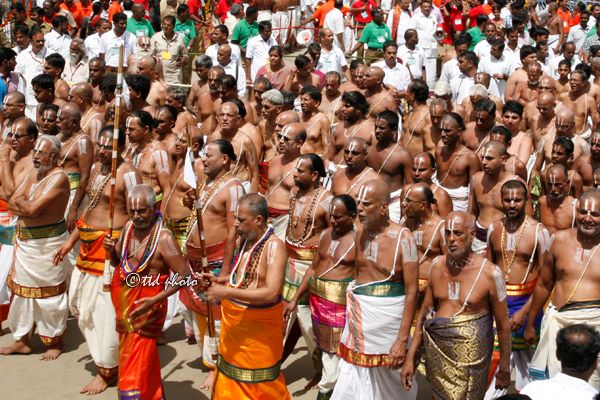Recitation of Vedas and Divya Prabandham in Tirumala Temple According to Hindu Theology, there are fourteen worlds. All these fourteen worlds are one empire. For this empire, there is one emperor. All the living beings are His subjects. The empire is eternal and the emperor is also eternal. If there is an empire, an emperor Read More
Tag: Divya Prabandha Ghoshti
Divya Prabandha Ghoshti – Tirumala Brahmotsavam
Article by – Sri Anantha Madabhooshi Divya Prabandha Ghoshti The annual 9-day festival originally believed to be initiated by Lord Brahma Himself aeons ago, the Tirumala Brahmotsavam, continuously gets better in execution year after year. This festival is not like any other festival held in Tirumala for Lord Malayappa Swami. What makes this unique is Read More


